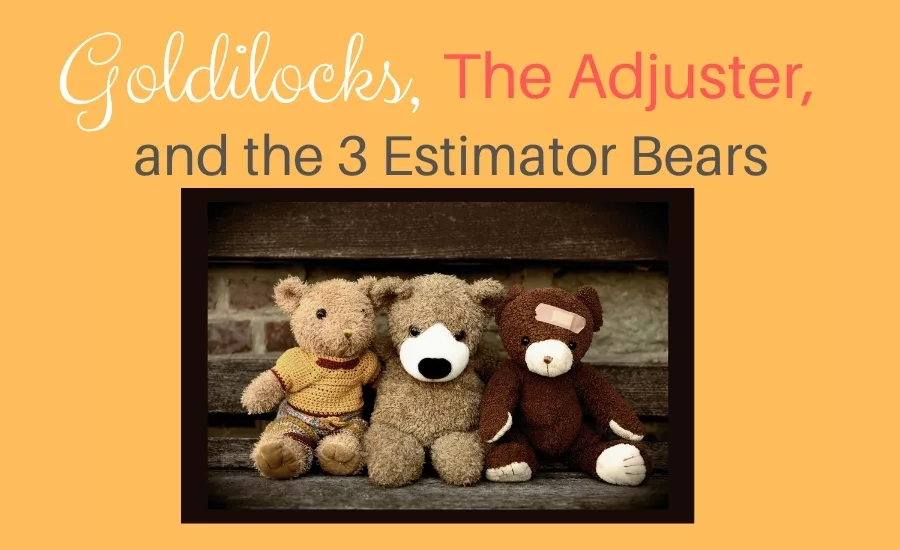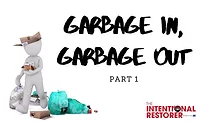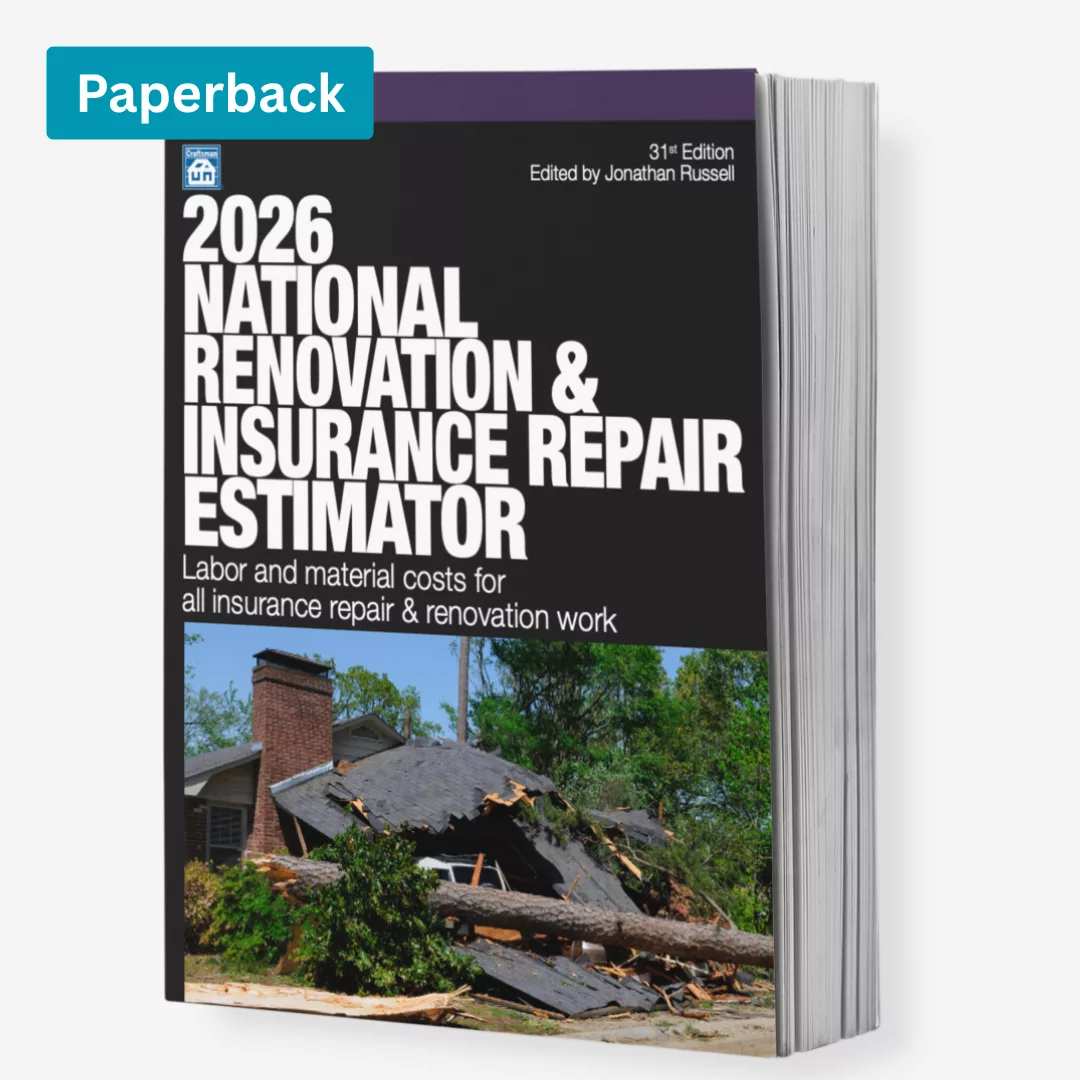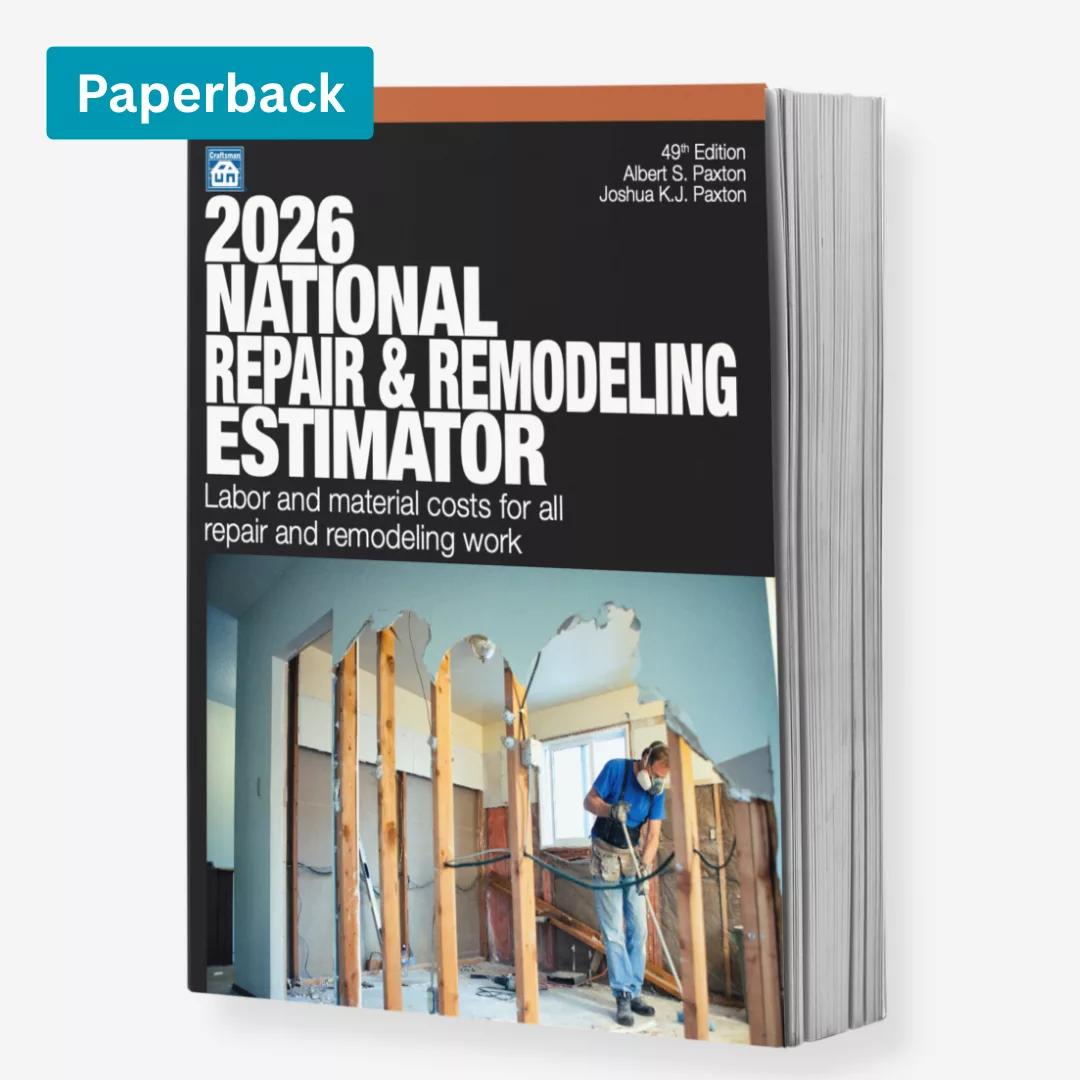Goldilocks, The Adjuster, and the 3 Estimator Bears

We train our team members for many technical skills in property restoration, yet we are woefully behind in soft skills. This is a reality throughout construction and most skilled trades. While I believe the primary reasons for this gap are not nefarious, as no one is actively trying to prevent professional development, if you and I don’t face the facts, we will continue to struggle in areas that can be overcome with a dose of intentionality.
Often we allow ourselves to be caught in the hamster wheel of busyness, telling ourselves that we are working “harder” and therefore never stopping to develop a process for working “smarter”. It’s difficult to do, but you and I have to take a step back if we are going to improve the process. One area that I would like to direct our attention towards, that assists our team members to perform their functions much more efficiently and leads to much better project outcomes, is business relationships.
If we rate our relationships on a scale of niceness, perhaps we can compare this feature to the familiar story of Goldilocks the Adjuster and the Three Estimator Bears:
- Pushover Bear
- Pragmatist Bear
- Pertinacious Bear
Pushover Dynamics
When Goldilocks the friendly neighborhood Adjuster, or any other business role player (this could be subcontractors, vendors, suppliers, third party administrators, consultants, etc), comes along to discuss a claim, she finds it easy to compel Pushover Bear into compliance. It’s almost too easy. Pushover Bears believes that if they are nice and the adjuster is nice, that must mean we have a positive relationship. In Pushover Bear’s defense, what would lead someone to fold in situations of adversity?
- Personality - Is Pushover Bear wired to be a “people pleaser”?
- Training - Does Pushover Bear have the ammunition they need to tactfully push back against objections?
- Support - Has Pushover Bear pushed back in the past but been ran over by the bus of blame when things didn’t pan out?
In an upcoming episode of the Blue Collar Nation Podcast, hosts Eric “The Tech Whisperer” Sprague and Larry “Pineapple Man” Wilberton discuss their experiences with an estimator who was a people-pleasing-pushover that cost them millions (by their estimates). As individuals in positions of leadership, they had to learn to better identify their team members' personalities and skill sets so they could train them to achieve better outcomes.
Pertinacious Dynamics
Some estimators are built for confrontation and any sleight is taken to the maximum offense so that they can exhaust their grievances with Goldilocks, the Adjuster, and the entire system of insurance (if not beyond). Pertinacious Bear often views a rejection of their estimate as a personal attack and/or they believe any concession is giving away too much. If Pushover Bear is good at playing the quantity over quality game, Pertinacious Bear will fight for every penny claiming they are only about quality.
- Personality - Can Pertinacious Bear go too far?
- Training - Does the organization train on the differences between shearing a sheep and skinning it?
- Support - Is the team discussing the long term consequences of their approaches and tracking their progress on achieving long term goals?
If Pushover Bear is at risk of being played, Pertinacious Bear tries too hard to be the player. It is important even when making a valid case to remain polite and professional, above reproach. Pragmatism isn’t the only way to approach a situation, but as an organization it is important to define what your process is and how your responses will be in alignment with your values.
- If you are leaving too much on the table in the way of legitimate scope, you are going to struggle to be profitable.
- If your defense of your scope is not rooted in what is fair and customary, you are going to struggle to be competitive.
Pragmatic Dynamics
It may seem that Pragmatist Bear is the best kind of bear because their estimates would be ‘just right’ and their ability to negotiate must lead to profitable outcomes, right? The author is clearly steering the reader towards this conclusion, right? This is not my point.
The greater issue is whether your organization has discussed, defined and developed a process to optimize your approach to claims dynamics. If there is no clarity or consistency in the organization, there will be recurring issues as Goldilocks the Adjuster is ALWAYS visiting your estimating cottage. Those in a position of leadership need to be mindful to create a culture that attracts, develops, retains and enhances the traits which align with their process.
Writing a good estimate is the foundation of telling the story of the loss but the process does not end there. As former owners, Eric and Larry understand the importance of developing your team. They created Morning Tech Meeting to help business owners simplify soft skills training for field employees. The duo discuss how Jon Isaacson’s book Be Intentional: Estimating would have been required reading in their organization as it discusses how organizations can develop a robust approach to being professional and polite without getting played.
The First Step is Defining the Game
Something I like to point out in all of my creative outlets, whether it’s The Intentional Restorer, The DYOJO Podcast or Be Intentional: Estimating, is that the first step is to define for your organization the game you want to play. Is your approach to claims going to be:
- Quick and Easy
- Estimating Pragmatists
- Fight for Every Penny
Quick and Easy Claims
While I am not a fan of quantity over quality, there are plenty of businesses who have done very well for themselves operating this way. The program heavy organization that writes estimates to get approved must understand what they are doing and set their systems up to optimize this approach. We can write estimates that will get approved on the first draft, but if you want to play the quick and easy claim game, you’d better have your team set up to get in and get out with no interruptions or exceptions.
Fight for Every Penny
Depending on where you hang out in the property restoration ecosystem, there are plenty of contractors who are making it their mission to make their voice heard. They believe they are in the right, defending the honor of the process and fighting the good fight for their clients. Pertinacious Bears are in stark contrast to Pushover Bears and yet both extremes have their pros and cons. The right estimating bears need to be in the right restoration cottages in order to make the honey to flow.
Estimating Pragmatism
This is not to say that pragmatism is the only answer as there is plenty of grey area in whatever approach you take. Pushover Bears and Goldilocks the Adjuster think that Pragmatist Bear is too severe while Pertinacious Bear thinks that Pragmatist Bear is as “soft” as Pushover Bear. This is not a matter of right or wrong but of defining the approach from the top down so that it can be executed from the bottom up in the organization. Be clear and be consistent.
Start by Defining Professional Relationships
In Be Intentional: Estimating I outline the MINDSET and HABITS that I believe will help owners, managers, estimators and growth minded employees to succeed with estimating property insurance claims. I think it is important to share a few ground rules for developing relationships in the insurance realm.
Anyone who has been in the industry for a period of time will have some level of pessimism about the claims process (porridge frequently too cold). It is important as an incoming estimator to form your own opinions, but that doesn’t mean you should disregard some of the battle tested wisdom from bears of all shapes, sizes and temperaments.
Four Simple Claims Relationship Optimizers:
- For us to have a professional “relationship” it must be mutually beneficial. If negotiations are being made, they should be made in a manner that is fair to all parties. I see many new contractors caught in situations where they have given too much, thinking the future volume will offset the temporary losses, but find they have little left to give when additional concessions are requested. They think they are playing the game but they are being played.
- Think of concessions in the mindset of a courtroom where precedence is being established. An adjuster or consultant may ask for a concession that seems reasonable, but by making this deal are you setting a precedent that you can maintain with future losses and/or in other areas of your estimate? As Lisa Lavender and I share in a recent article, you must be mindful of scope creep. Keep an eye out for those costly losses of time, resources and profits that pop up as “simple requests” from carriers, clients and our own production teams.
- As humans we are loathe to blame our issues on all parties but ourselves, but if we are not making the effort to communicate early and often with the carrier and their representatives, we cannot cry bear at the end of the process when they sit in your chair, rip your invoice to shreds and eat all your porridge. Mutually beneficial relationships and precedence are both enhanced by clear, consistent and constant communication.
- It is helpful to have an internal review prior to sending your estimate to an adjuster or third party administrator. By playing devil’s advocate for each other, you can discuss areas of an estimate that may need further explanation as well as prepare for the objections that may come once your estimate is reviewed by Goldilocks the Adjuster and her friends. A second set of eyes may help reduce questions, concerns and needless revisions which is good for all parties involved.
For these and more tips on how to be professional, be polite but don’t get played, check out Jon Isaacson “The Intentional Restorer’s” new book Be Intentional: Estimating available in Kindle and paperback. Contact The DYOJO for discounts on bulk orders for your team.
Looking for a reprint of this article?
From high-res PDFs to custom plaques, order your copy today!









